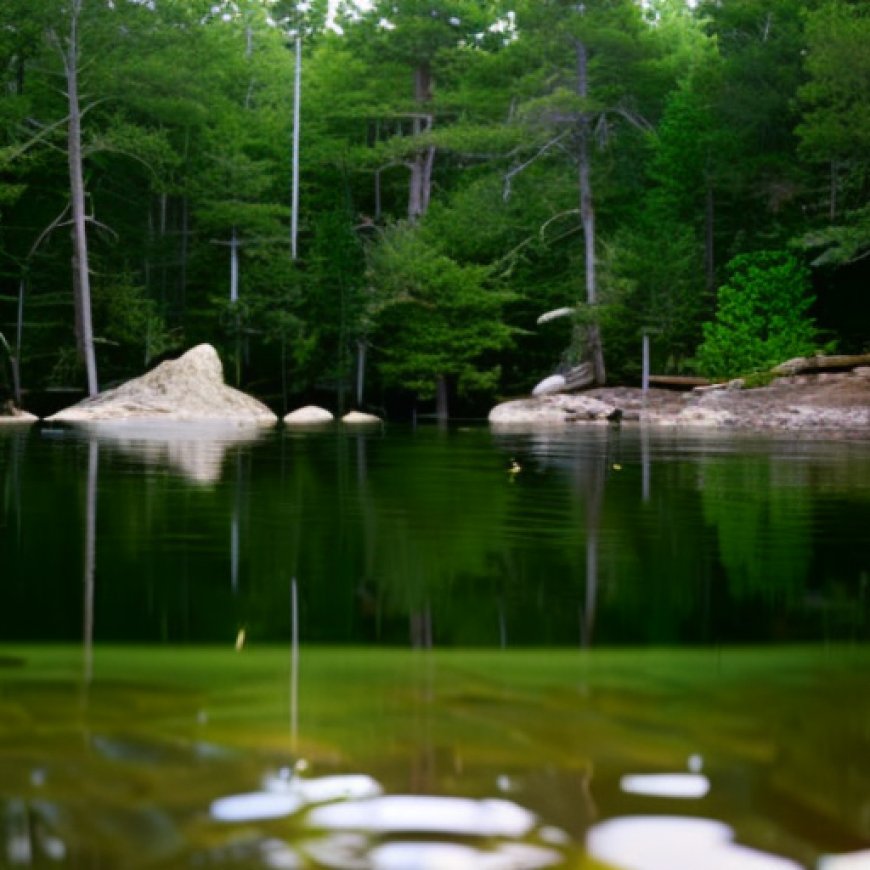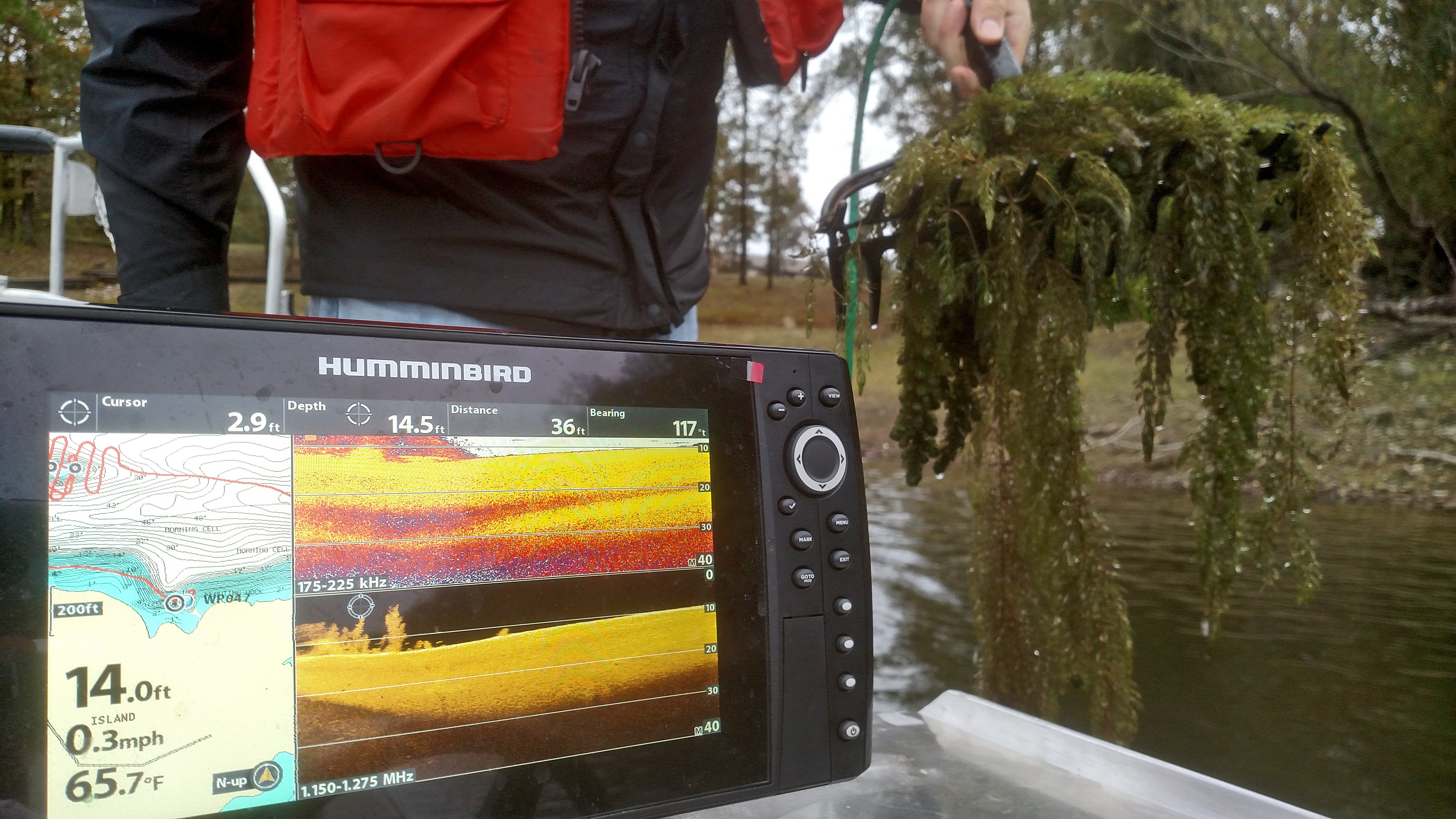UAPB project helps restore aquatic ecosystems in DeGray Lake | Hot Springs Sentinel Record
UAPB project helps restore aquatic ecosystems in DeGray Lake ... Hot Springs Sentinel


PINE BLUFF
Joint Effort to Re-establish Aquatic Vegetation in DeGray Lake
A joint effort by the University of Arkansas at Pine Bluff (UAPB), the Arkansas Game and Fish Commission (AGFC), and the U.S. Army Corps of Engineers is successfully re-establishing aquatic vegetation in DeGray Lake, according to Scott Jones, UAPB small impoundment Extension specialist.
The Importance of DeGray Lake
DeGray Lake, located in southwest Arkansas in the Ouachita Mountains foothills, was once known for its strong black bass fisheries and abundant aquatic plant community. However, by 2010, a combination of biotic and abiotic factors negatively impacted the survival and reproduction of aquatic vegetation, leading to a near complete loss of submersed aquatic plants in the lake.
The decline in the quality of the black bass fishery prompted anglers to request AGFC intervention. While the direct correlation between an abundance of aquatic plants and a healthy black bass fishery is difficult to prove empirically, numerous studies have shown that fisheries respond positively to the condition of the aquatic plant community.
Goals for Re-establishment
The primary goal for re-establishing native aquatic plants in DeGray Lake is to enhance its overall ecological integrity and promote healthy populations of recreationally-important fish species, according to Jones.
Implementation Process
Native aquatic plants, including coontail, American pondweed, and eelgrass, were grown in greenhouses at DeGray Lake. Once mature, these plants were transported by boat to floating vegetation dispersion cages attached to navigation buoys across the lake.
The floating cages are not affected by water level fluctuations, allowing them to effectively disperse plants regardless of weather conditions. Coontail, which can spread by stem fragments, was stocked in the cages. As waves and currents flow through the cages, fragments of the plant stems break away and drift until they settle on the lake bottom. The hope is that some of these stems will attach to the lake bottom and establish new colonies of the plant.
Monitoring and Results
Since 2019, Jones has been mapping and monitoring aquatic plant growth across 550 acres at 21 sites using down- and side-imaging sonar. Vegetation detected by sonar is later verified with a remote-controlled submersible drone.
The main focus of AGFC’s vegetation re-establishment program, coontail, has significantly expanded in DeGray Lake. It is now found in 13 out of 21 sites and has even formed surface mats up to 18 feet deep in some locations. Eight out of 16 vegetation dispersion cages now have coontail growing directly underneath them, indicating the potential formation of new colonies as a result of the cages.
Impact on Ecosystem and Fishing
The increase in submerged aquatic plants is expected to enhance the abundance of microbes, invertebrate and vertebrate primary consumers, such as baitfish, crawfish, and snails. This, in turn, should increase the population and/or condition of secondary predators like black basses and crappie.
In addition, the presence of vegetation may provide anglers with a more defined area to target for fishing, potentially increasing catch rates. Encouraging the spread of abundant native aquatic plants could also help slow the spread of nonnative plant species.
Future Plans
The next phase of the project involves applying the lessons learned from DeGray Lake to other reservoirs that do not have a history of coontail growth. This phase is already underway.
Image:

Traditional and down-imaging sonar images of coontail, lower left, is shown with actual coontail collected by a weed collection rake from the same location at DeGray Lake, upper right. (Submitted photo courtesy of the University of Arkansas at Pine Bluff)

Join us, as fellow seekers of change, on a transformative journey at https://sdgtalks.ai/welcome, where you can become a member and actively contribute to shaping a brighter future.







